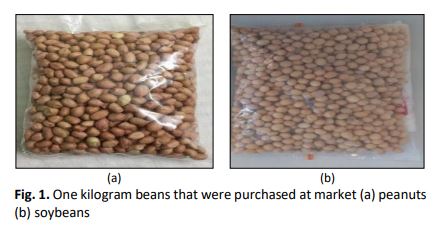Preparation and Characterisation of Irradiated Beans Ink for Offset Lithography Printing
DOI:
https://doi.org/10.37934/arfmts.93.1.167185Keywords:
Irradiated, Bean, Ink, Lithography, PrintingAbstract
Petroleum-based ink has been widely used around the world, especially in the offset of the lithography printing industry. However, it has negative consequences on the environment as well as the workers who are engaged with it. It includes volatile organic compounds (VOCs), which have a high vapor pressure at room temperature, such as toluene (C7H8). Peanut oil was used in this study to create an offset lithography ink. The objectives of this study are to investigate the physical and chemical properties of peanut beans, to study the effect on peanut oil during the pre- and post-irradiation, and to determine the appropriateness of ink to replace the use of petroleum-based ink. The preparation and characterization of this vegetable-based ink were then used to investigate its capability of becoming a good quality ink that does not bring harm to the consumer after being irradiated with gamma rays. About 15 ml of peanut oil was heated and mixed continuously with 1.5 g of 99% sodium hydroxide (NaOH) pellets for 30 min at a temperature of 133°C, to go through an alkali-refined process. The sieved solution was then added to 1 g of 99% butylated hydroxytoluene (BHT) powder, 1.5 g of 100% activated carbon, and 1 g of Arabic gum powder for 20 min, under the same temperature. After being irradiated, the intensities and viscosities of ink increased, compared to before it was irradiated by gamma rays. In the future, the concept of developing ink from vegetable oil has given rise to the concept of developing ink from peanut oil. This sort of ink was appropriate for usage in the offset lithography printing industry. The industry necessitated a greater use of ink for the manufacture of the majority of items we see today, such as newspapers, novels, comic books and magazines. It is far less expensive, and does not emit VOCs into the environment, which will have a negative consequence on a global scale.
Downloads
































